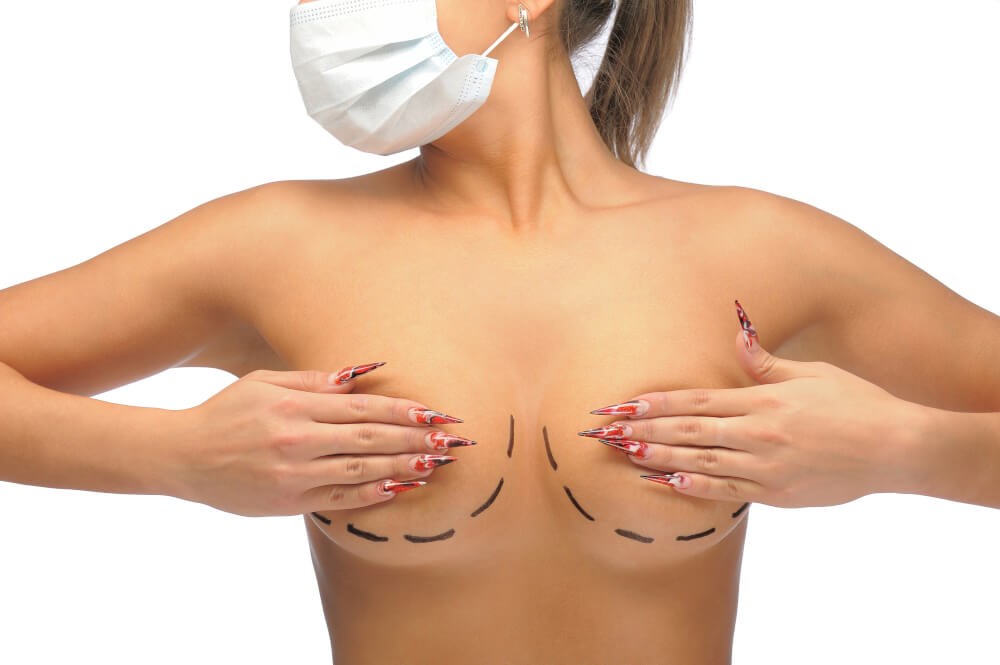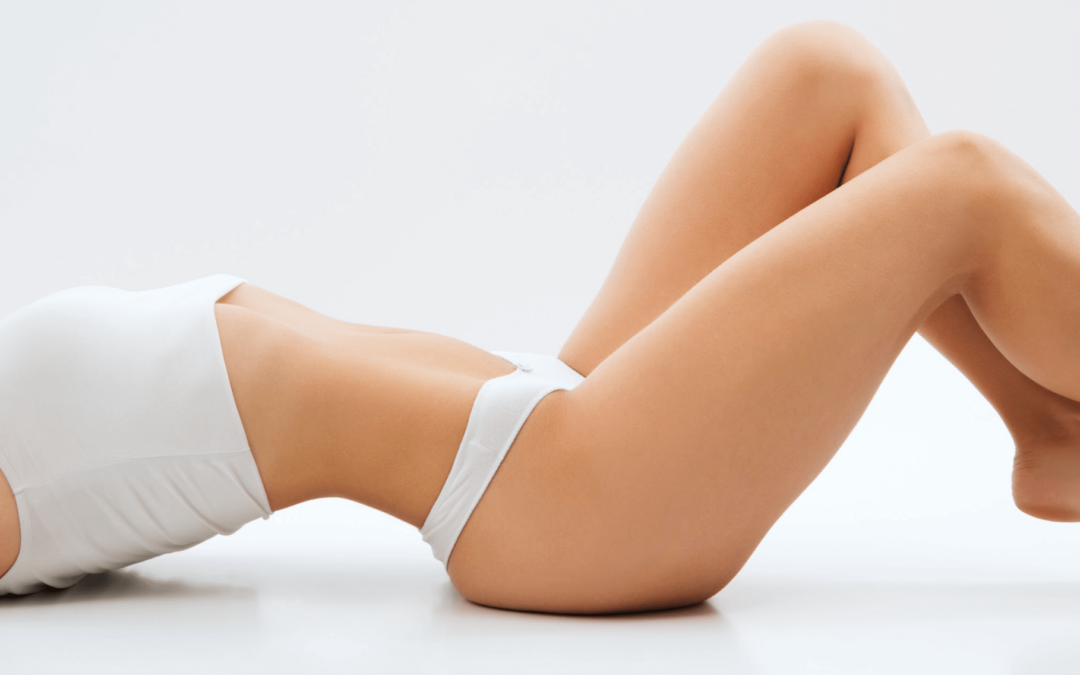WHAT IS LIPO BREAST REDUCTION?
Nearly 1.8 million cosmetic plastic surgery procedures occurred in 2017 alone. The rapid increase in cosmetic plastic surgery is thanks to the fact that it's never been safer or easier then it is today. New techniques are constantly evolving, reducing healing time and creating beautiful results. One such technique is lipo breast reduction.
WHAT IS LIPOSUCTION BREAST REDUCTION?
Dr Schwartz has developed a Liposuction Breast Reduction known as Breast LipoLift® which is a minimally invasive technique to reduce and reshape the breasts. It offers a faster recovery with almost no pain medications needed. To understand lipo breast reduction it's important to understand the various techniques used for a breast reduction. Breast reductions are achieved through any of the following five methods:
Anchor Breast Reduction (Also Known as Inverted-T or Wise Pattern)
The Anchor breast reduction method is one of the most traditional surgery options for breast reductions. It involves an incision around the areola that goes down the center of the breast, then a horizontal incision is made along the crease of the breast. Typically this method is chosen when skin or breast tissue needs to be moved in various directions. The method you choose will also determine the amount of scarring that may occur, as well as how long your recovery period may be.
The Lollipop Breast Reduction
A lollipop breast reduction, (often referred to as a vertical breast reduction), is also a technique practiced quite often. In this variation of the procedure, the cut is made around the areola and then directly down through the bottom half of the breast. The unique shape is what earns the "lollipop" its name.
The Donut Breast Reduction
For more minor procedures where the breasts won't be receiving a drastic reduction, a surgeon may opt for a donut breast reduction. The donut breast reduction involves an incision that takes place only around the perimeter of the areola. This method can also reduce the amount of visible scarring.
"No Vertical Scar" Breast Reduction
Living up to its name, this method involves two incisions; one around the areola and another at the breast crease. Unfortunately, there are some disadvantages to this option.
Due to the limited incision space, the skin is not able to move effectively, making the operation more suited for minor cases.
The Scarless Breast Reduction
Finally, we come to the scarless breast reduction option, achieved through the use of liposuction. Instead of using incision methods this form of breast reduction focuses on removing the fat beneath the breast tissue through a vacuum method.
To reduce stretched skin and sagging it's best to reserve this option for breasts that have limited amounts of fat to lose. Since the procedure only removes fat tissue and additional surgery would have to occur to remove excess skin.
However, those who are eligible for a liposuction breast reduction can enjoy a virtually scarless procedure. In addition to minimal scarring, a liposuction breast reduction also offers a shorter recovery time compared to other techniques.
WHO IS A LIPOSUCTION BREAST REDUCTION BEST FOR?
While a liposuction breast reduction offers a number of benefits, it's not ideal for everyone. Candidates should meet specific criteria before deciding to opt for a liposuction breast reduction.
Signs a liposuction breast reduction may be right for you:
- You would like to reduce your breast size by up to 50%
- You have lost all the weight you plan to lose but still have fat tissues trapped beneath your breasts.
- You only need a slight reduction, not an entire reshaping of your breasts.
If you find yourself relating to the signs above, liposuction breast reduction may be the ideal choice for you. You'll still want to discuss your family and health history with your surgeon as well as any future plans you may have for procedures to confirm that lipo breast reduction is your best bet.
WHAT HAPPENS DURING A LIPOSUCTION BREAST REDUCTION?
Unlike other breast reduction methods, a liposuction breast reduction does not involve large incisions. Instead, the procedure is performed by using a vacuum similar to the liposuction that occurs in the belly or other body parts.
The vacuum enters through two small incisions that are made around the areola. From then the fatty tissue is sucked through the vacuum and the incisions heal naturally.
Thanks to the minor incision, stitches are not required, drastically reducing the healing time after the procedure.
The procedure takes place as stated in the following steps:
First, the anesthesia is administered.
This can be done awake or with minimal general anesthesia.
Next, the Incisions are Made
Once the anesthesia is in place, your surgeon will make "micro Incisions" on the side of your breasts. Through the vacuum method, only fat tissue is removed and not the actual skin around the breast.
Finally, you'll be given post-op care and instructions
While liposuction breast reductions may reduce scarring and healing time, it's still important that you closely follow your surgeon's post-op care instructions.
Healing can be greatly affected if you return to your everyday activities before your surgeon has given you the green light. It's important to avoid lifting your arms higher waist level and to get plenty of rest in the days following your procedure.
In some cases, it may be recommended that you stay overnight, while other cases may be able to return home within a matter of hours. Purchasing items like elastic bandages or surgical bras will also help speed up the recovery process.
THINK A LIPO BREAST REDUCTION IS RIGHT FOR YOU?
While a lipo breast reduction may be an ideal surgical method, it's still important to find a surgeon you can trust. Dr. Jaime S. Schwartz provides supportive care from start to finish.
You can trust that you'll receive the care you deserve every step of the way from a surgeon that will listen to what you want to apply the best method to meet your needs.
Contact us today to receive your personal consultation to find the right procedure for you from a first class surgeon.



